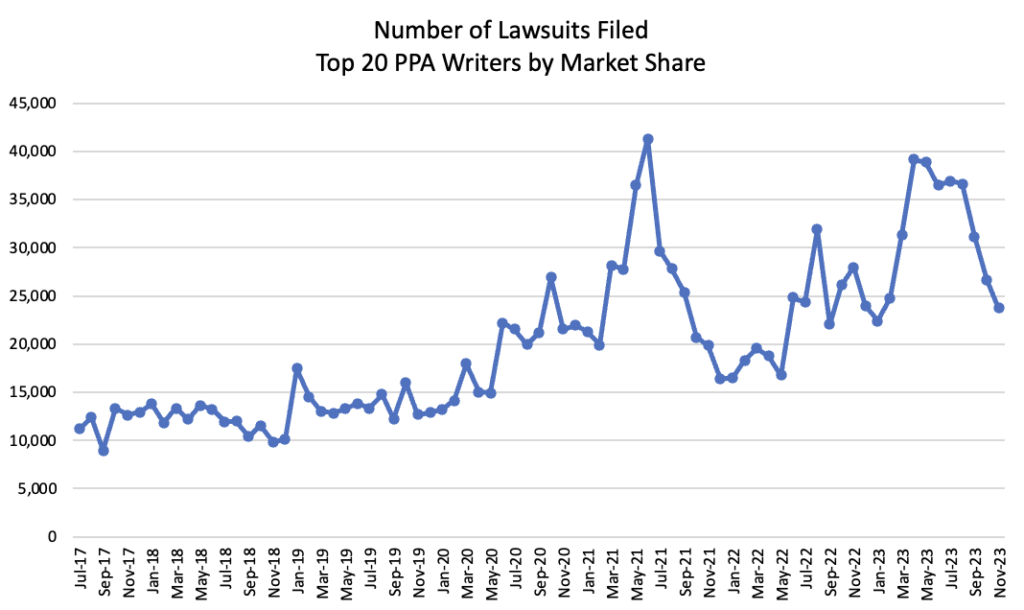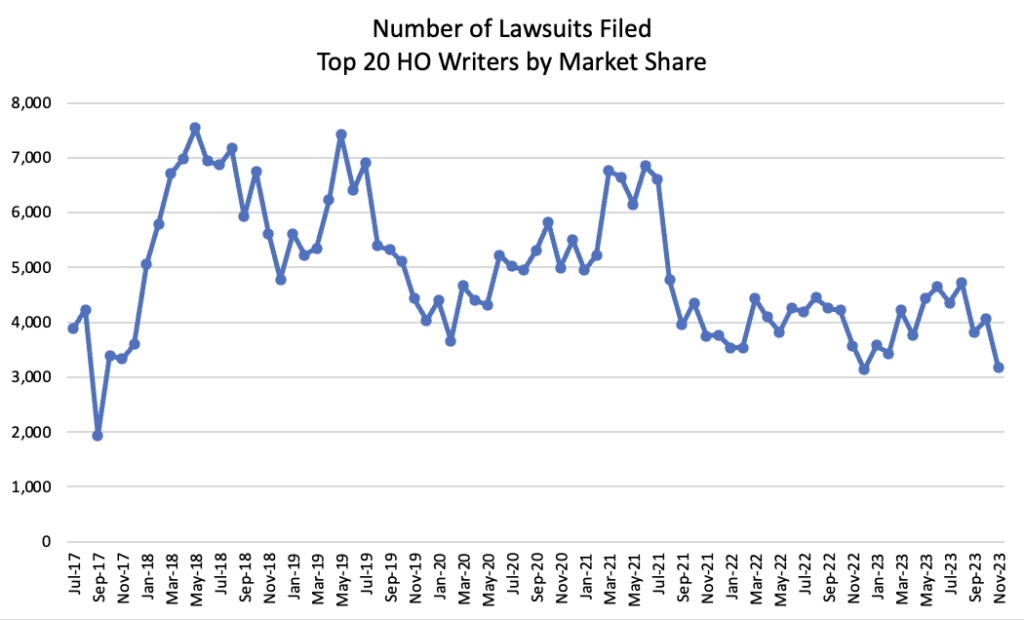By: Alexander Brill and Juliann Schiano
New medical breakthroughs are creating higher demand for stop-loss coverage – a big opportunity for today’s insurers. With an appropriate understanding of state-specific regulatory requirements, settling on key decisions about coverages and exclusions, and partnering with a knowledgeable actuarial and product development firm, companies looking to provide this type of coverage can plan accordingly and accelerate speed-to-market.
Based upon recent nationwide product filing and support services experience with a couple of large insurance company clients, our expert actuaries and product development consultants have seen some key new healthcare and policy considerations that insurance companies should keep in mind when developing stop-loss products for employers.
Gene and Cell Therapy
Gene and cell therapy are new forms of treatment that can cost hundreds of thousands – sometimes millions – of dollars. This presents a unique challenge for stop-loss insurers since they predominantly use experience rating when developing rates. Prior experience will not capture these expensive new treatments, which have only been around for a few years. An experienced actuarial firm can assist in compiling and interpreting available data to develop accurate rates.
Coverage Period (Paid-Year vs. Incurred-Year Coverage Basis)
In response to customer demand, insurers increasingly provide stop-loss coverage on a paid-year basis – a significant difference from typical medical health plans.
In stop-loss insurance, the distinction between “paid-year” and “incurred-year” basis is crucial for determining when claims are covered. “Paid-year” basis covers claims paid within the policy year, regardless of when the underlying medical event occurred. This means that even if a claim is for an event that occurred during a previous year, it will be covered as long as the payment is made during the current policy year. On the other hand, “incurred-year” basis covers claims for medical events during the policy year, even if the actual payment is made after the policy year ends. The choice between these methods impacts how risks are managed and can affect premiums and coverage periods.
Insureds expecting high claims to be paid for medical treatments incurred in the prior year will likely request coverage on a “paid-year basis.” They are also more likely to be in the market for new stop-loss plans since they are aware of high-cost payments due in the upcoming year.
Lasering
Lasering (the practice of excluding individual members or certain treatments from coverage) is popular in part due to gene and cell therapy – but presents regulatory challenges. A dozen states prohibit lasering. An additional three states only allow lasering if the underlying medical plan allows lasering.
In Perr&Knight’s recent countrywide filing on behalf of our client, five additional states had objections, requiring the insurer to limit the use of lasering or give detailed explanations for examples of where lasering might be applied.
State-Specific Restrictions
Navigating the regulatory landscape for stop-loss products is a challenge, due to variations in requirements between states. Here are the most common state-specific issues for companies submitting countrywide filings:
- Small employer group regulatory requirements
- Run-in/run-out period requirements
- Underwriting guidelines
- Attachment point restrictions
- Lasering restrictions
- Group size restrictions
- Loss ratio restrictions
DOI Review Times
Certain states take much longer to review form and rate submissions, and are more likely to raise objections and require additional transmittals. It’s important to budget time appropriately with this in mind.
Medical Inflation/Refiling Rates
Medical inflation and rapid technological changes make it necessary to refile rates and rules every few years. Knowing when and how to update rates and/or rules in a cost-effective manner is important. Working with a seasoned actuarial firm like Perr&Knight is advantageous – our expert state filing teams can help companies be proactive about refiling.
Suggestions for Working with Actuarial and Product Design Consulting Partners
Partnering with experienced actuaries and product design consultants can help streamline product development and filing. Here are some useful suggestions to keep in mind before and during the development phase:
- Decide if your potential clients are large or small groups
- Prioritize the jurisdictions in which you will be filing
- Decide whether you are doing experience rating vs. manual vs. non-experience rating (note: all filings will incorporate pricing for both)
- Determine whether you want to cover gene therapy, as this will affect pricing
- Share whether or not you will use lasering. If so, your actuarial firm can provide appropriate guidance.
Contact the team at Perr&Knight today to learn more about stop-loss coverage.













